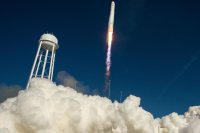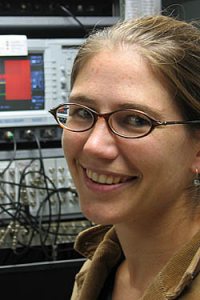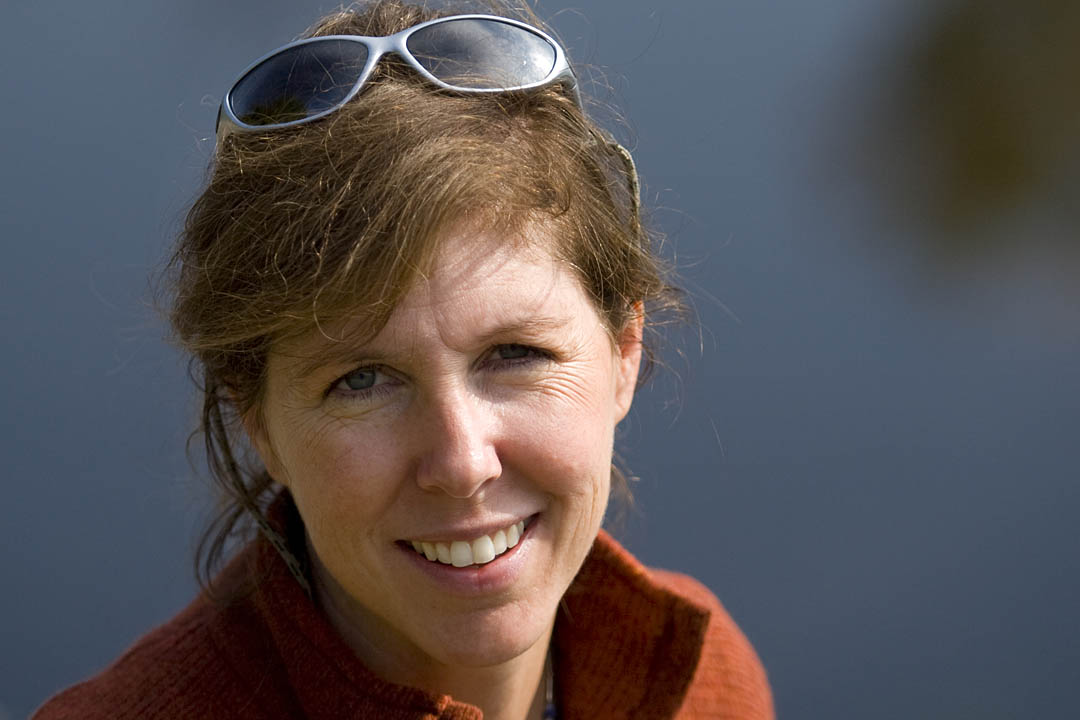
Physicist Childress among 'spin doctors' making quantum discovery
Certain atomic particles are subject to a kind of either-or variability, called “spin” by physicists, that could serve as the basis for a whole new approach to computing. But one obstacle in harnessing this phenomenon, which falls into the arcane but intriguing realm of quantum physics, has been the difficulty of measuring which spin state a particular particle is in.
While physicists have been able for decades to measure the spin of a single atom in a vacuum, previous techniques for measuring the spin of a single electron or nucleus in a solid state have been invasive and disturb surrounding spins. Instead, scientists have based their understanding of spin phenomena on the averages of imperfect results gathered in thousands of experiments.
Now researchers including Lilian Childress, assistant professor of physics at Bates, have developed a way to measure spin that avoids this problem. The team — five researchers from the Delft University of Technology in the Netherlands, plus Childress — has devised a method of using a single experiment to gather meaningful information on an electron’s spin.
This approach uses lasers and an extremely cold environment to measure electronic and nuclear spins associated with a structural defect in a diamond. “This is really new from the perspective of using spins in diamond for quantum computation because it’s scalable to more than one spin,” says Childress.
Read about the research in the Sept. 29 edition of the journal Nature.




